A good deal of my consulting clients are entrepreneurs with no industry experience (unless you count the times they’ve enjoyed salon services as clients). I greatly enjoy working with them, but I often find that many of them have a very false impression of the nail industry. In general, aspiring nail salon owners seem to believe that nail salons are outrageously profitable. Unfortunately, that is not the case.
Can they be successful businesses? Absolutely.
Will you see instant, massive profit margins? No.
Will you eventually see massive profit margins? It’s unlikely.
Nail services have failed, in a substantial way, to keep pace with inflation. Nail salons charge roughly the same rate for services as they did thirty years ago–and some establishments charge less. Why is this, when the cost of product and labor have drastically increased?
1.) Universally poor management practices. A large percentage of nail salons are owned by salon professionals, many of whom have no business education or experience outside of the industry. They don’t understand their costs or how to price their services to cover them, so they tend to base their product and service fees on their “gut,” or the prices set by neighboring salons. Payroll is generally distributed as a percentage of gross sales on a questionably legal (at best) commission-only compensation structure, with commissions ranging from 40-60%. This rate is unacceptably high in an industry with such low barriers to entry and such high overhead.
2.) Proliferation of comparable consumer products. By and large, a nail salon’s biggest competitor is the client they service. DIY alternatives abound. Tutorials proliferate the internet. Gel polish can be found in every drugstore and many clients are moving away from nail enhancements altogether.
3.) Market saturation and price wars. With the overabundance of “discount” salons (walk-in salons that specialize in delivering fast, cheap, and often dirty services) prices have been driven down in an effort to remain “competitive.” This can be interpreted as a symptom of the first point. Feeling consumer pressure, quality salons (those which deliver superior services with better product and are compliant with licensing and sanitation regulations) lowered their own prices to meet those of their “competitors” without taking into account the fact that these competing establishments cut costs by cutting corners and violating labor, tax, and sanitation laws.
Additional problems that plague this space include increased media attention on deplorable sanitation practices. Many of these reports have focused on cases where sanitation failures resulted in serious infections, amputations, and even death. Media of this nature continues to negatively impact consumer perception, scaring away business and damaging the reputations of even the most exceptional salons.
So, how can these problems be addressed and corrected?
Overhead must be keep extremely low. The market has set a hard line where professional nail services are concerned. With few exceptions, consumers in general are unwilling to spend more than $35 for a manicure (unless that service includes gel polish, in which case that number hovers around $55) and $75 for a pedicure. To keep price points palatable for consumers, without operating at a break-even level or at a loss, overhead expenses need to be minimal.
For the potential salon owner, this means keeping initial investment very low and recurring expenses at a bare minimum, especially payroll. A payroll system that awards a base hourly pay plus tiered commissions based on performance is preferable to an hourly-only or commission-only system as it ensures compliance with prevailing wage laws while also effectively incentivizing staff to exceed performance standards.
Services must be delivered efficiently and consistently. In the salon, time is money. Every technician must be trained to execute services within very tight time parameters without sacrificing the integrity of the output. Experienced, qualified technicians can be very hard to find, so the burden to train techs to meet these standards often falls on the owner’s shoulders, as schools generally fail to deliver a sufficient technical education.
“Wet” pedicures (those which utilize a water soak in a basin or whirlpool tub) should be abandoned entirely in favor of “waterless” services (those that utilize steamed towels). Wet pedicures consume tons of water each year, negatively affect the service outcome, and take 10-15 minutes longer than waterless services.
Additionally, initial investment in a full system for a “typical” salon (4-12 pedicure thrones) is monumental. These systems can be difficult and time-consuming to clean (most state board agencies follow EPA standards, requiring the tub to be drained, sprayed, wiped, re-filled with water and disinfectant, and run for 10-15 minutes before being drained and wiped again). As a result, these systems are a liability and difficult to turn a profit from.
Typical pedicure throne: $3,200.
Average pedicure price: $35.
Salon income per $35 pedicure after costs: roughly $4-8.
Number of pedicures required to pay off a typical pedicure throne: 400-800.
Numbers, risk, and inconvenience aside, these chairs are large, heavy, and each require costly plumbing installation.
Nail salons must have a comprehensive, verifiable sterilization and sanitation system. While immersion disinfection is effective and acceptable for salon use when all of the proper protocols are followed, many salons fall short, resulting in the system’s failure. Immersion disinfection also cannot be verified by the consumer.
A preferable alternative is sterilization (steam under pressure). This system requires tools to be pre-cleaned with soap and water, dried, sealed into an autoclave bag, and then autoclaved. This results in the complete destruction of all microbial life, including fungal spores. Before commencing the service, the sealed bag (with color changing indicator) can be presented to the client, for complete peace of mind.
Autoclaving requires a higher initial investment, but the savings over time when compared to immersion disinfection are substantial. The most considerable benefit to autoclaving, however, is that it allows a salon owner to leverage negative press to their benefit by positioning themselves as a superior alternative to competing salons that lack a comprehensive, verifiable sanitation system.
As clients continue to become more sanitation savvy, autoclaving will likely become our new standard.
The method of evaluating competing businesses must change. Salon owners, particularly those with no business education, tend to evaluate their competition based on nothing other than the fact that they are also nail salons, and that’s the wrong way to evaluate a competitor.
For example, a typical “discount” salon offers a full set of nail enhancements for $12-30. These salons often use cheap products containing MMA. They reuse disposable items (such as files, buffers, and toe separators). They do not disinfect implements or their pedicure basins at all, saving them anywhere from $40-120 on disinfectant each month and giving them the ability to turn over clients much more quickly than a salon that follows EPA pedicure throne disinfection protocols.
A good deal of these businesses accept cash only, a practice that eliminates credit card processing fees and enables them to avoid reporting income or paying taxes on that income. Labor law violations are common in these businesses, and many of these discount salons have been exposed as front companies for criminal enterprises (human trafficking and prostitution).
Illegal activity aside, the quality of service these salons deliver cannot be compared to those offered by a quality salon. Discount services are typically not pleasant, as they are delivered in a loud, uncomfortable environment in a rushed manner that makes personal injury a high probability.
By comparison, a quality salon utilizes better products, invests the time and money into proper disinfection practices, reports income and pays taxes, complies with labor and tax law, delivers more luxurious services in more comfortable atmospheres, and often don’t have income from criminal activities subsidizing their salon enterprise.
When it comes time to evaluate competition, that evaluation should compare like with like. Apples to apples.
Recognize the opportunities. Because good customer service is in short supply, salons that commit to delivering a pleasant guest experience have immense opportunity to corner their local market with extreme ease.
Thanks to an aesthetic movement favoring “less,” nail salon owners can save substantial sums of money on decor and furniture by adhering to simple, clean design principles.
A growing awareness of salon sanitation practices gives ethical nail salon owners a massive competitive edge. Simply implementing a comprehensive sterilization system positions new salons far ahead of neighboring salons. As this practice is only required in two states, salons who outperform regulations attract a substantial client following and garner positive press coverage as well (usually in the same feature that exposes salon sanitation breakdowns as a point of comparison).
Consumers in general prefer salons that adopt the “natural” movement, so those who utilize spa products and polishes with values rooted in consumer safety will triumph. Creating these products in-house is easy, fast, saves a substantial amount of money, and generates consumer interest.
In conclusion, potential salon owners need to understand the tremendous ongoing challenges their business will face. Primarily, those challenges are staffing, client acquisition and retention, and maintaining a bare minimum overhead. Expectations should remain reasonable.
Success is defined by moderate profits, steady growth, stable performance, and low employee overturn.
The best way to prepare for success is to plan for it by structuring the business and determining its market positioning as far in advance as possible.
The Salon Compensation and Pricing Megakit calculates salon compensation and service pricing for you! It includes:
- The Salon Compensation and Pricing Calculator, an 8-page spreadsheet system that makes salon compensation and pricing calculation as simple as data entry. The best part? The system is enabled with protections to make it impossible to “break” the formulas!
- The Salon Compensation and Pricing Guide, a 44-page instruction manual that not only explains how to use the system but also explains every formula so you’re never confused about what the numbers mean or where they came from.
- A 9-page Employer Obligations Information Sheet to keep you from making very common life-destroying mistakes.
- Be Worth What You Charge, an 11-page checklist and salon evaluation resource.
$89.99Add to cart

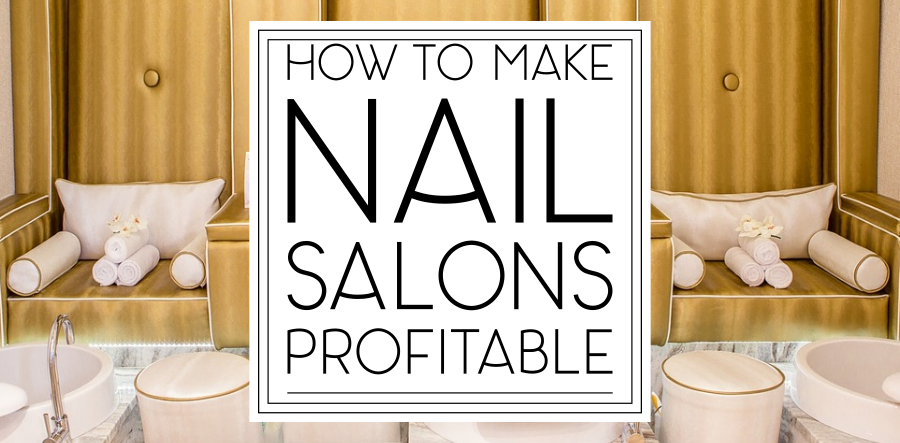


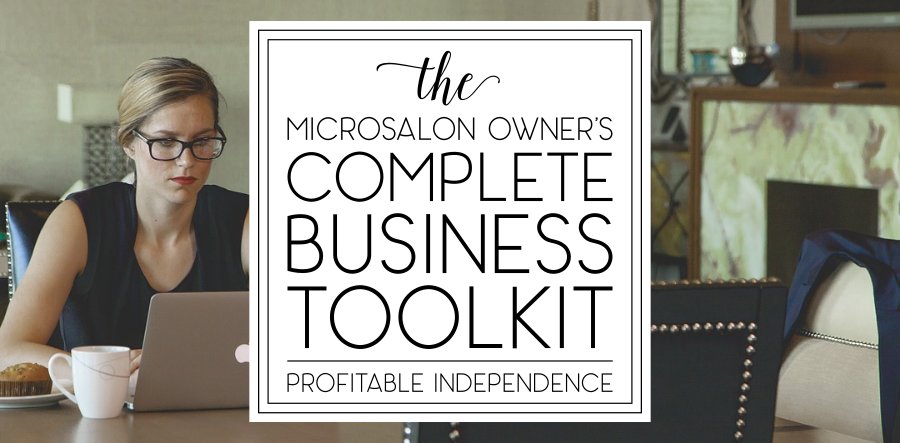
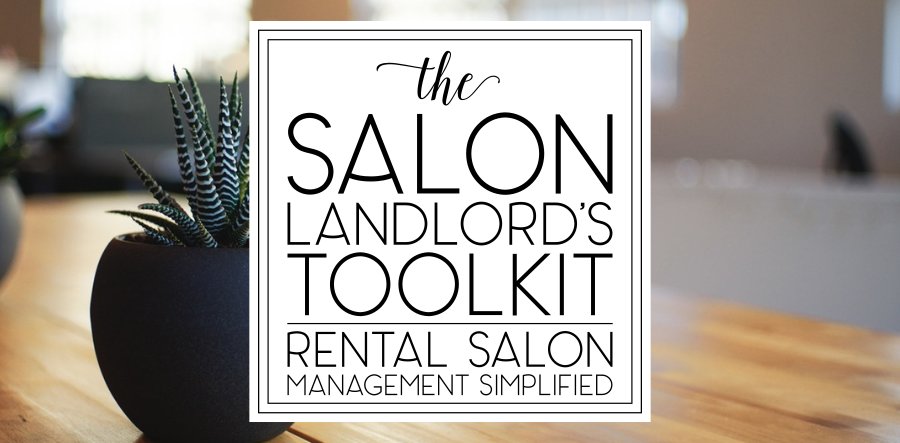
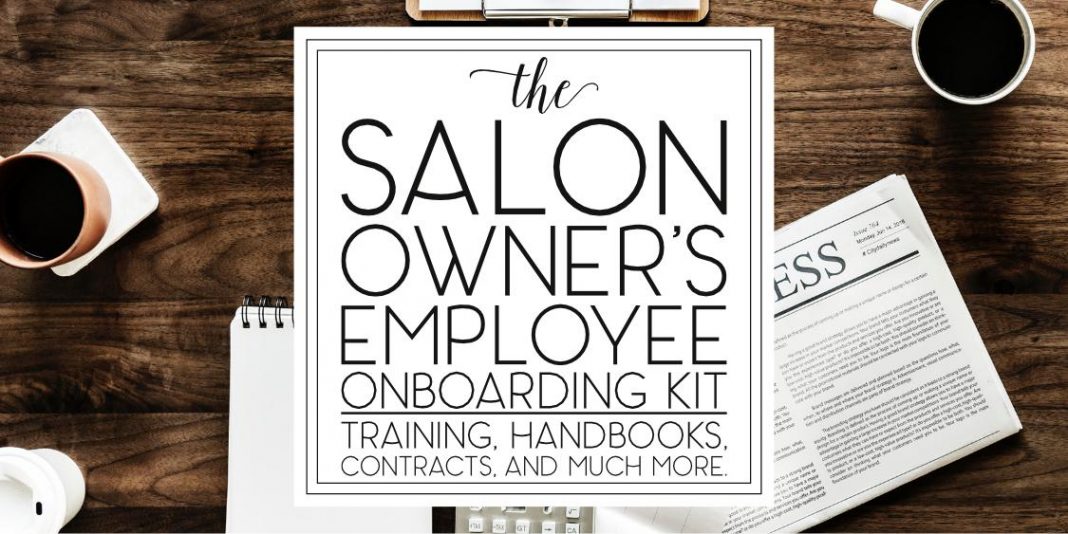

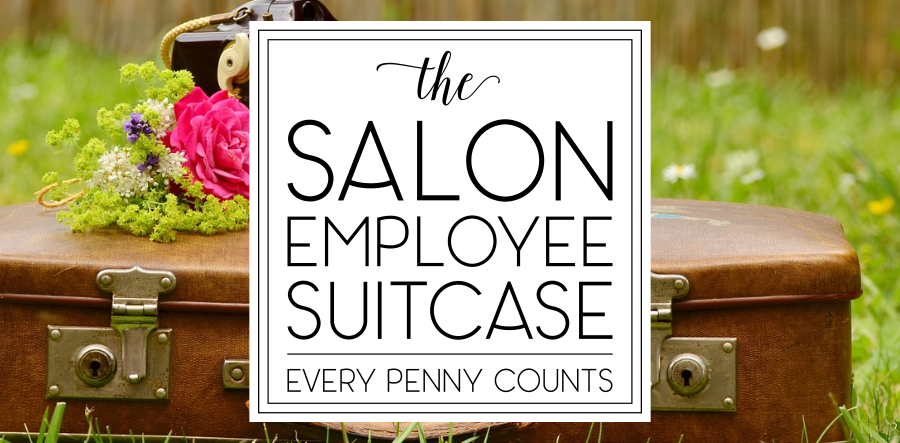

7 Responses
What a wonderful article. I would live to take that class. Where can I sign up.
Hey Jeri! You can click the links to the class registration page or just contact Jaime (either on Facebook or through her email: [email protected]).
Nails nails nails. We love our nail artists. If it wasn’t for a business mind, I’d be happy loosing on the sq footage just for the added luxury for our hair clients. I’d not wonder if we should replace the nail spa with 3 more hair stations.
That’s what I usually find when I consult for full-service salons. The hair salon subsidizes the nail side. Some owners consider it worth the loss to offer the one-stop shopping experience for the clients, but I prefer it when ALL the departments are making money. 😀
Awesome as always – looking forward to the upcoming webinars! Keep up the diligent good work for those of us who are truly working hard at setting the bar higher and getting it right!
I can’t read enough of your stuff Tina. I wish you had openings for consulting before January. Or had your salon owner book available to purchase. I’m working on putting together a business plan for a spa, and was researching salon employee compensation plans and came across your site. I’ve been reading everything you write, bought your book and a couple of your toolkits. I have worked in both regular salons and discount salons and I can honestly say that in over 20 years have I worked in the industry, there was only one salon that paid minimum wage. And what you say about discount salons is pretty much standard. I’ve always thought I could “help” them do better, but never happened, because as you say, if they did everything legally, they would lose money at the prices they charge. So, instead of trying to beat a dead horse, I decided to open my own place and do everything the right way. I certainly would never compete with prices, I don’t want discount shoppers.
Hi Sue! You’re not the only owner moving in this direction. In the last five years, I’ve seen a big shift in regards to how nail salons are managed and marketed. Many are intentionally rejecting the practices that made discount salons thrive, and we’re doing really well as a result. Clients are sick of it. They’re tired of being treated like they’re on an assembly line, they’re done with the poor customer service, and are far more aware of sanitation and product safety.
I wish you so much luck! If you’re interested, I’ll be holding a conference for aspiring nail salon owners in Chicago in February with Jaime Schrabeck, Ashley Gregory, and Sheera Gersh. You can find more information on it here.